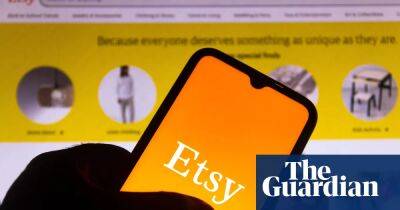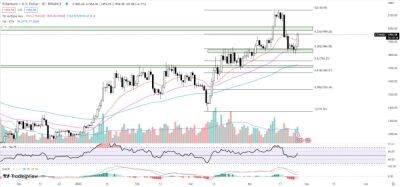Ninety years since the first Tampax, why aren’t there better menstrual products?
W hen Emma Cihanowyz was in middle school, she and her friends used code words to talk about their periods. If someone asked for a “missile”, it meant they were looking for a tampon. “Shields” meant pads. “We spoke like we were at war,” she said. “The biggest thing for us was making sure that we could take products to the bathroom without the boys seeing.”
Now Cihanowyz is 21, a senior at Penn State, and a student activist who campaigns for free sanitary products in all campus bathrooms. She’s no longer afraid of boys, or anyone, knowing she’s having her period. Cihanowyz calls herself a “menstrual fairy”, who walks around school with a bag full of tampons, liners, pads, and cups, just in case she runs into anyone who needs a spare.
The products Cihanowyz carries have been around for over a century: the first pads were developed in the 1880s. Tampons and menstrual cups came around in the 1930s, with the first modern tampon designed by Tampax patented in 1931 (although makeshift tampons made from rags or reeds had been in use for millennia). Why are there still so few good options available?
Cihanowyz chalks the lack of innovation up to what one of her professors, the gender studies academic Jillian Wood,calls the menstrual concealment imperative. Young girls are conditioned to view their periods as dirty and shameful, the theory goes, so they grow into adults who believe that menstruation should be a private, silent experience. Essentially, people take what they can get and shut up about it.
“When you walk into CVS, menstruation products are all the way to the back, like they’re hidden,” Cihanowyz said. “I remember the fear when I was a teen of being in that aisle. I just walked in and grabbed the first thing I saw, at eye
Read more on theguardian.com














